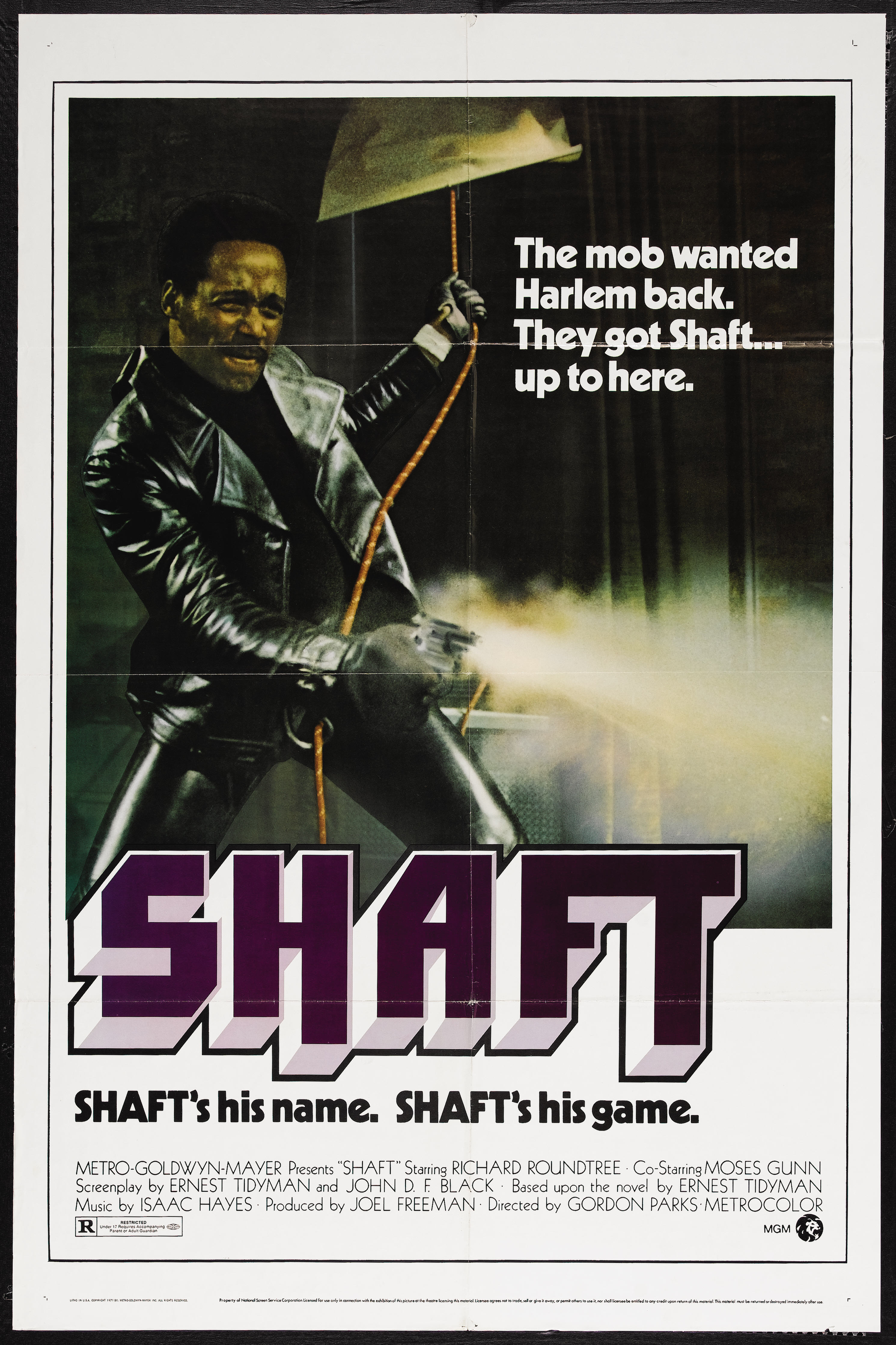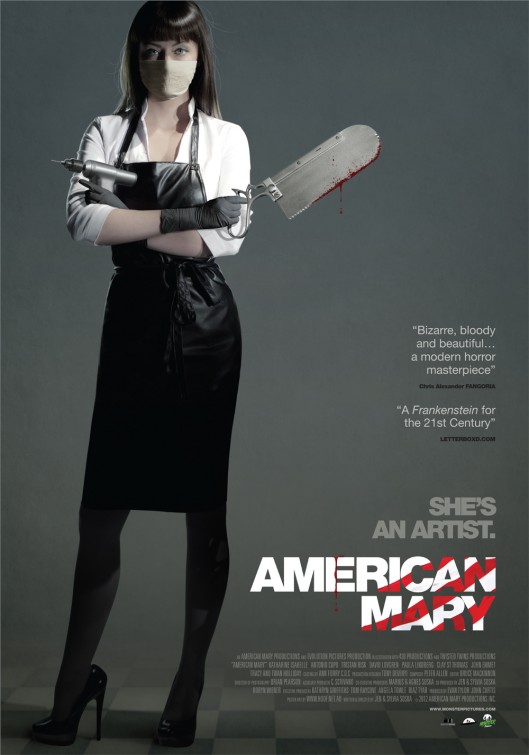While I usually deal with horror films, today I will discuss something more terrifying: racism. Or, at least, two films with African American leads that deal with race. Admittedly, there are plenty of classic films about racism, such as To Kill A Mockingbird (Robert Mulligan, 1962), I could have chosen, but the two films I will discuss today are, to be honest, more entertaining and tie in to an interesting subgenre of exploitation: blaxploitation.
Blaxploitation refers to a subgenre that emerged in the 1970s , catering to a black urban audience and featuring mostly black actors, often in stereotypical roles, soul music and themes relevant to African Americans. I must admit that I am not particularly well-versed in the subgenre; other than today's films, I have only seen Jackie Brown (Quentin Tarantino, 1997), which is a spoof/tribute to blaxploitation.
Shaft (Gordon Parks, 1971) is a film about private detective John Shaft (Richard Roundtree), who is hired by black gangster Bumpy Jonas (Moses Gunn) to locate his kidnapped daughter. He later learns that the kidnapping is part of a larger conflict between black gangsters and the Italian mafia. Central to the story is Shaft's reluctance to work with the police who are aware that something is going on, as he and other blacks do not trust law enforcement.
Shaft (John Singleton, 2000) is not a remake of the 1971 film, but a sequel (there were two other sequels in 1972 and 1973 that I have not yet watched). John Shaft II (Samuel L. Jackson) is the original Shaft's nephew and a detective with the NYPD. He is working on a hate crime case, where rich playboy Walter Wade Jr (Christian Bale) is accused of killing Trey Howard (Mekhi Phifer), a young black man who embarrassed him at a nightclub after making racist jokes. The New York City black community is outraged after Wade, because of his father's connections, manages to get bail and escape the country before trial. Shaft arrests him two years later when he returns, but he is once again released on bail. This causes Shaft to angrily quit his job and he attempts to find a missing witness. Wade also wants to find the witness and hires Dominican gangster Peoples Hernandez (Jeffrey Wright) to locate and kill her. Richard Roundtree returns as John Shaft I and tries to persuade his nephew to work with him.
If you are interested, here are the trailers:
There are some things that one needs to take into account when comparing the two films. The 1971 film is blaxploitation, while the 2000 film is not. The latter does not feature the classic subgenre stereotypes (other than the black stereotype that Jackson somehow always seems to be playing). It is also worth noting that the 2000 film features significantly fewer black actors than the 1971 film. Finally, the difference in budget alone ($ 500,000 and $ 46 million) could force one to conclude that they cannot be fairly compared to one another, at least with reference to quality. Therefore, I will focus on story, characters and themes - aspects of a film that should not be too dependent on budget.
There are some other genre differences between the films. The 1971 film is a thriller, while the 2000 film is more action-oriented. Roundtree's Shaft is a lot less serious and more joking than Jackson's and his character is also heavily played up as a ladies' man. Jackson's humor comes more from what he does than what he says, even though he gets some funny lines. In one scene, in order to get Hernandez' attention, he throws a basketball at him through an open window. I guess you could say that Jackson is playing a typical Samuel L. Jackson character. That being said, I think it's a good thing that the two Shafts are very distinct characters and not just the same character at different ages.
In the 1971 film, issues of race are mostly visible in the idea that blacks cannot trust whites and a large emphasis on the black community. Bumpy Jonas knows that the police would be more interested in his illegal activities than his missing daughter and therefore has to approach Shaft, a man he respects but does not like very much. One reason Shaft, and other blacks, are willing to help him is because his daughter is black. Racial tensions are also shown through language and attitudes between Shaft and white characters.
In the 2000 film, race is mainly a factor in Wade's hate crime. Wade is a rich, white, young man who reacts so strongly to a black man in his favorite night club that he taunts Howard and later lethally assaults him after Howard non-violently, and comically (he cuts two holes in a white napkin and places it on Wade's head as to look like a KKK hood), stands up for himself. During every scene at the courthouse, a large group of blacks are seen angered by the crime and how Wade seems to be able to buy his way out of responsibility.
In my book, one of the most important things about an action or thriller film is the antagonist. The hero, or antihero, needs a worthy villain to really show the audience what he/she can do. This is unfortunately an area where the 1971 film is lacking. The Italian mafia is represented only by a few mobsters, none of whom we get to know that much about. The entire film is shown through Shaft's perspective and he does not actually learn too much about the mafia. On the other hand, the 2000 film gives us two well-defined antagonists. Wade is given a lot of screen time without Shaft and the antagonism between Hernandez and Shaft is set up really well. We also, for example, learn that Hernandez wishes to be like Wade: rich, famous and able to go to whichever club he wants. The villains, along with the hate crime narrative, is why I personally prefer the 2000 film before the 1971 film. Needless to say, they are both good films that you should check out if you haven't already.
Concluding this review, I would like to end with the awesome theme song from the 1971 film, less awesomely titled "Theme from Shaft", written and recorded by Isaac Hayes. It won numerous awards, including the Academy Award for Best Original Song. The lyrics might be a bit cheesy, but it fits the film perfectly.




